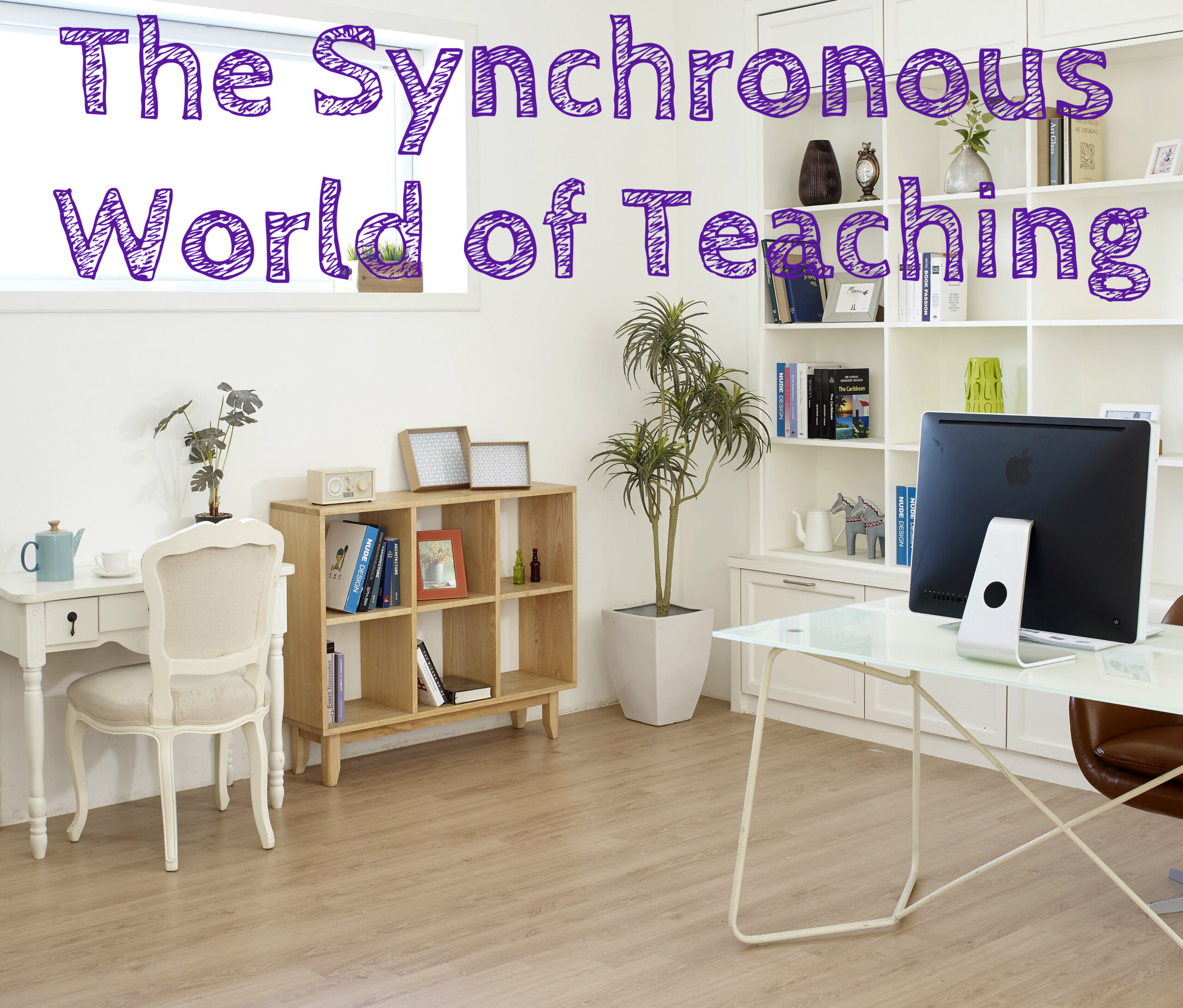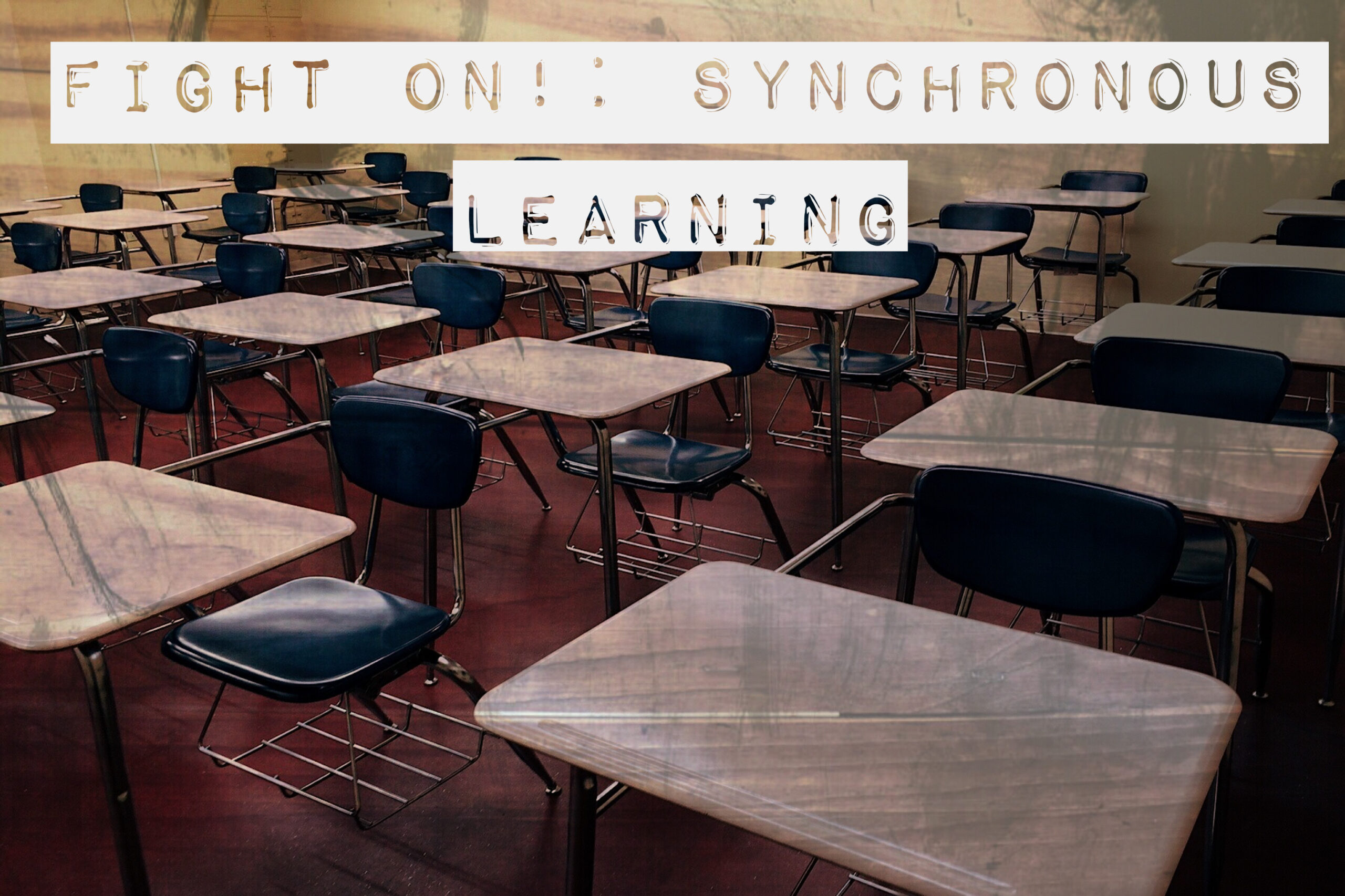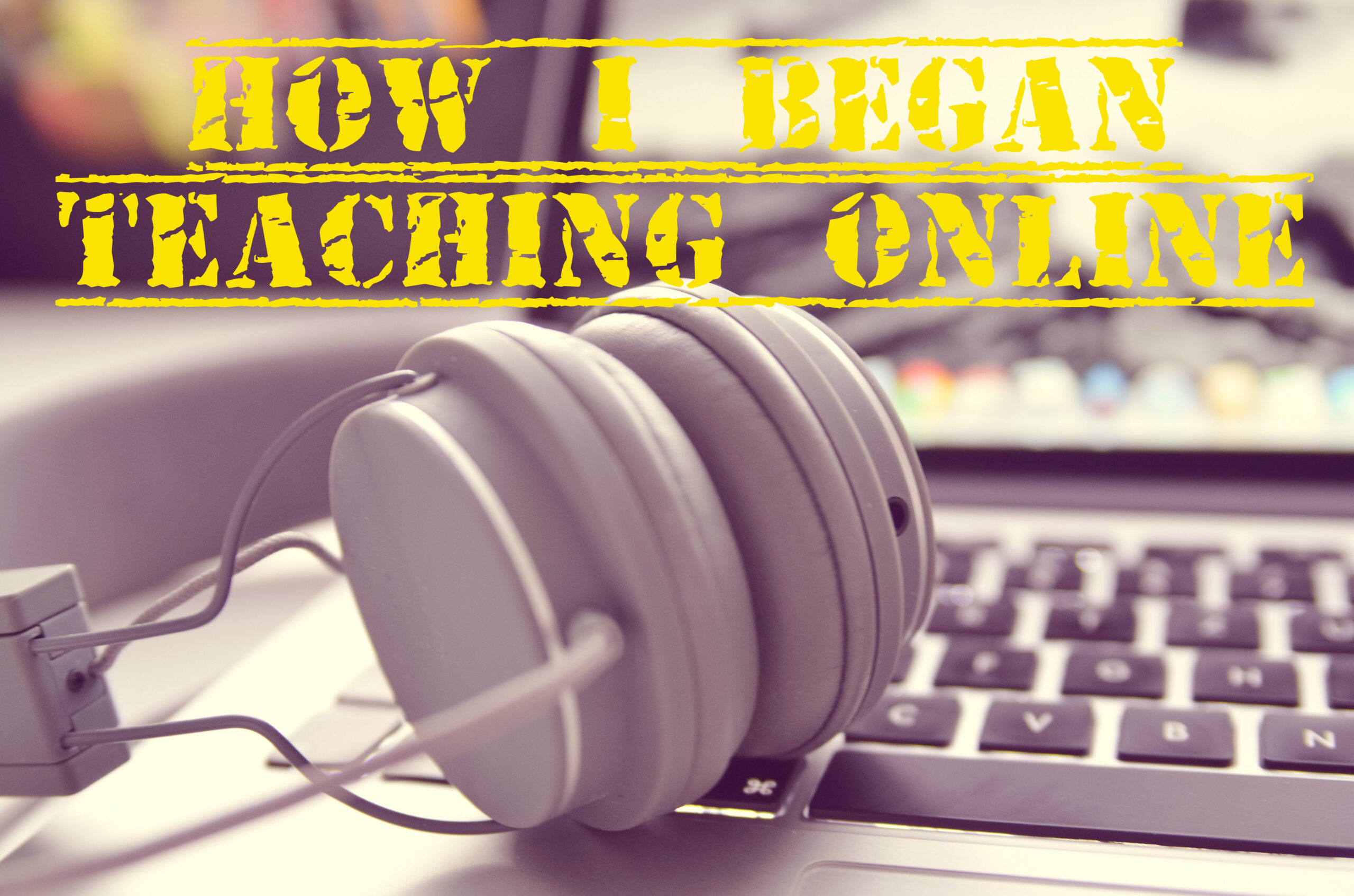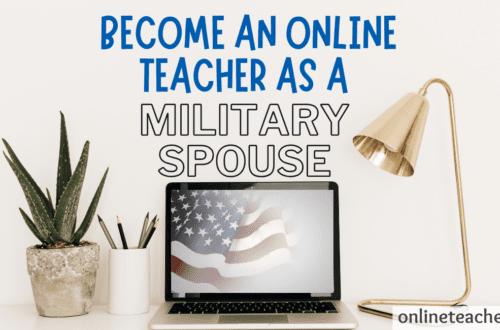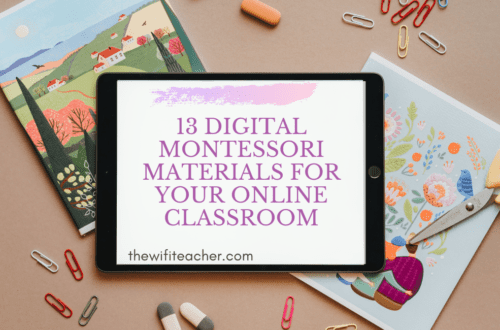When I was a kid, I loved the Nickelodeon television show, Ken & Kel. Hey, 90’s kids! I remember watching an episode where they traveled to the year 3000. In the beginning of the episode, Kenan and Kel were late to school due to Kenan oversleeping. Kenan got dressed, and they both rushed to get to school… on the bedroom couch. With the click of the remote, their teacher appeared on the television screen ready to give them their alien biology test.
Kenan and Kel attended an online synchronous classroom.
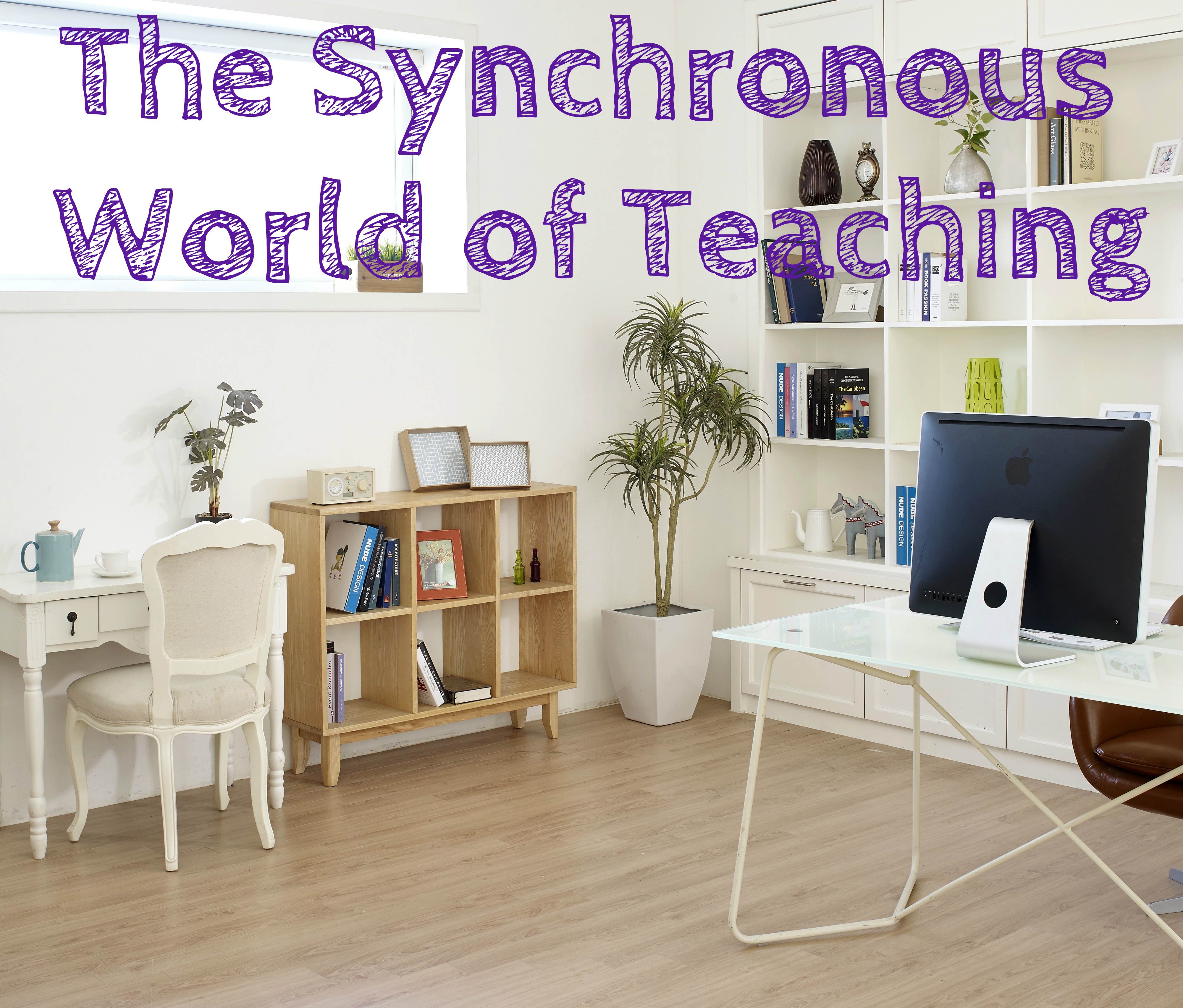
A synchronous classroom is a class attended in real time through an online platform such as Zoom, Adobe Connect, etc. Many ESL online companies such as VIPKid have their own platform that students log onto.
Synchronous classrooms can be one-on-one, small group, or whole classes. Lectures/ lessons are performed similarly as they are in a traditional classroom. However, instead of using a whiteboard or smartboard, it may be taught through a PowerPoint. In a synchronous classroom feedback is immediate, both verbally and sometimes through the chat box.
Many people are familiar with asynchronous classrooms. Asynchronous classrooms are not attended in real time. Class can be attended anytime, assignments are done independently, and communication is done anytime through an LMS – learning management system (e.g., Blackboard, Moodle, etc.).
I think of synchronous learning as truly online whereas asynchronous learning is offline because there is not a specified time to attend a class lecture.
I have taught students online in their bed, at the kitchen table, at restaurants, and in moving cars. In the synchronous classroom, students can attend class anywhere and everywhere. There is a great freedom and convenience. It is an amazing feeling to connect to students who are 6,000 miles away from the other side of the Earth. I get to travel every weekend without stepping on a plane!
Synchronous teaching does have its limitations. There is that barrier, our computer screens. I do not get to greet my students every morning in the hallways or give them a big hug. Nor do I get to see them daily. However, we can still make those 25 minutes (or however long class is) feel as if it’s a full 6-7 hour school day.
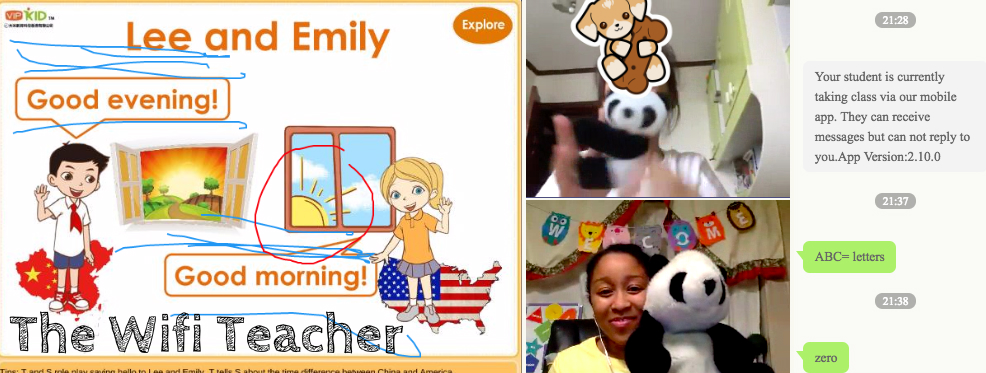
As teachers, we encourage our students to explore the world in the classroom using their senses. In a synchronous classroom, we must heighten their senses in creative ways such as using total physical response (TPR), chants/ singing, props, realia, images and other multimodal literacies.
I think of teaching as a performance art. As soon as my camera turns on and my student enters my classroom, it’s Lights, Camera, Action!

